
Samples from horizontal sections published by the Geological Survey of Great Britain and Ireland. The sections were all hand-coloured with water colour paints and were issued at a horizontal scale of 1:10,560.
To view all the sections visit: Historical maps of the Geological Survey of Great Britain and Ireland
Extract from the 1897 'Summary of Progress of the Geological Survey of Great Britain and Ireland' [Download full document] :
The Horizontal Sections have been an important feature in the work of the Geological Survey. De La Beche, recognising the practical disadvantages arising from the construction of sections without any regard to the proportion between height and distance, instituted the practice of drawing them on a true scale. He adopted the scale of six inches, to a mile, and invented a system of patterns for the different kinds of rock, which, as he was himself an artist, are appropriate and effective, for they represent in no small measure the general structure of the rocks. The institution of such sections, in lieu of the distorted diagrams too generally employed, was of great service to the Survey itself and also to the progress of geology; for it served to correct the evil influences of distorted drawing, with regard not only to geological structure but to the true forms of the ground.
When a line of section was chosen and traced on the one-inch map, it had to be measured on the ground with chain and theodolite. This was the invariable practice until the six-inch contoured Ordnance Survey maps came into use. Where these maps can be used as a basis, the laborious process of chaining the sections is no longer required. The section lines are drawn on these maps and the sections are plotted from them. The contour-lines and benchmarks allow the line of the surface to be traced with a close approximation to accuracy. But in order to ensure final correctness of detail, the ground is gone over with the section (and where needful, an Abney's level) in hand, and each little feature is then put in.
The sections start from Ordnance datum (mean sea-level), but where the ground is low and there is consequently not room to express what is known of the geological structure above that datum, the lines are prolonged below it. The same practice is also followed in mining-districts. An effort has been made to illustrate every great district of the country by means of horizontal sections. Each geological formation, as it varies from one point to another, is crossed by lines of section, so that by comparing these with each other the changes in that formation from district to district can at once be seen. The length of each section varies indefinitely with the nature of the ground, many of them being upwards of 100 miles in length. Thus a series of sections runs from Anglesey and the coast of Merionethshire, across the mountainous ground of North Wales, to the plains of the Midlands. Another group crosses from the central counties to the South Coast. A connected chain of sections traverses the breadth of the island from Liverpool to the coast of Yorkshire.
As an illustration of the character of these sections and their usefulness in correcting popular misconceptions as to geological structure and the form of the ground, reference may be made to that which runs from Leicestershire to Brighton and passes through London (Sheet 79). What is called the 'London basin' is by many people regarded as a deep trough of Clay, with the Chalk rising steeply from under it both to the, south and north, and we may see this conception embodied in actual diagrams in text-books and elsewhere. But in reality both the London Clay and the Chalk are so nearly flat that their inclination can hardly be detected except by careful measurement. And the section, accurately plotted from borings and well sections, shows them apparently horizontal, though on further inspection we find that their line of junction, which is well above the datum-line at either end, lies several hundred feet beneath it in the centre.
The Horizontal Sections are engraved on copper and published in sheets, each of which, if the ground be low, may include six lines or 36 miles of section. The same continuous line of section may thus extend over several sheets. Small explanatory pamphlets are usually published with these sheets, giving general information as to their rocks and their local peculiarities. Each sheet of Horizontal Sections is published at the price of 5s. In all, 193 sheets of such sections for the United Kingdom have been issued.
Besides the usual Horizontal Sections on the scale of six inches to a mile, occasional sections on a larger scale are prepared to illustrate the geological structure of particular localities. In this way the coast-line of Cromer and Yarmouth has been represented in detail, and its numerous features of geological interest have been inserted so as to exhibit a kind of picture of the arrangement of the strata in these changing cliffs. Portions of the coast-line of Dorset and of the Isle of Wight have been similarly treated.
Bob McIntosh







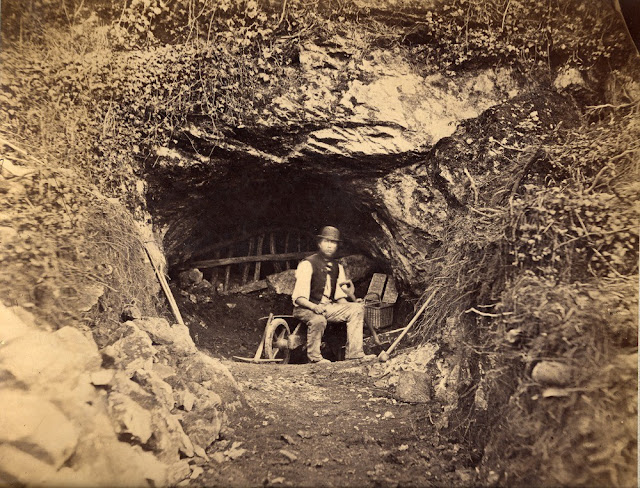
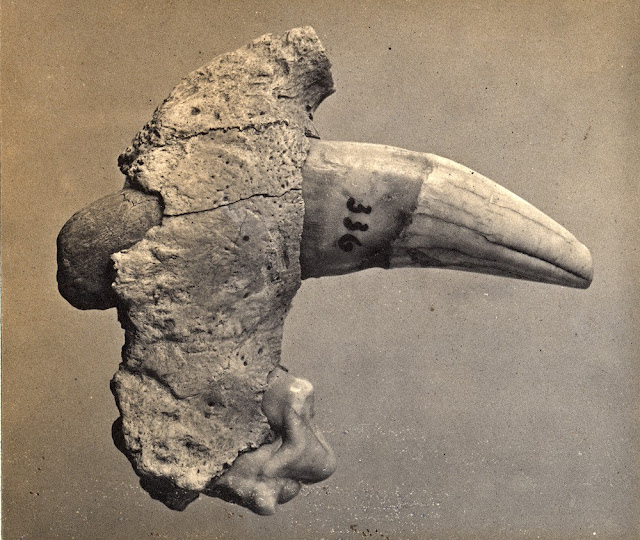
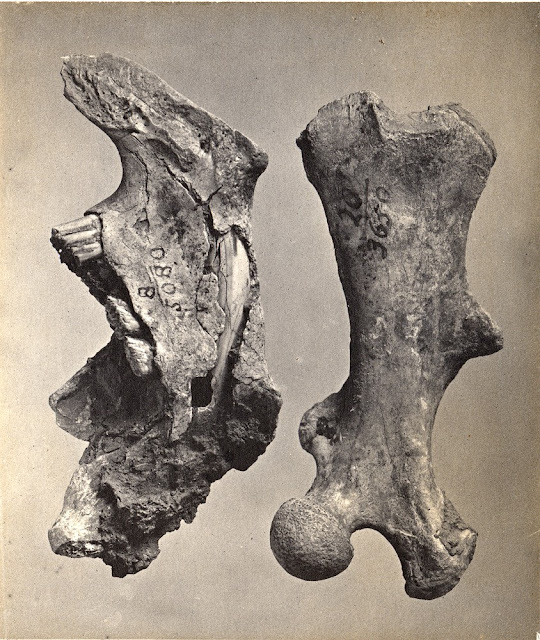



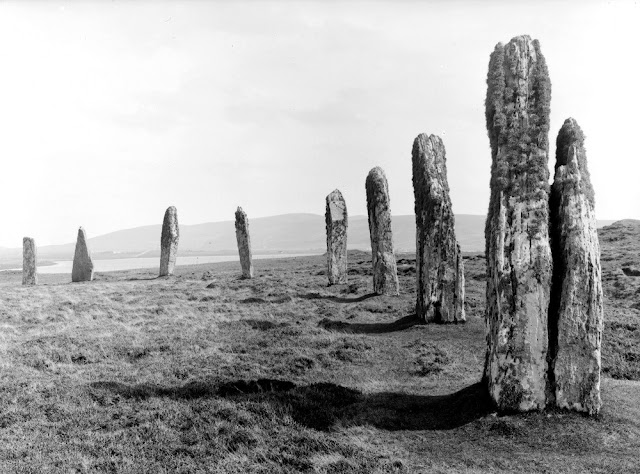



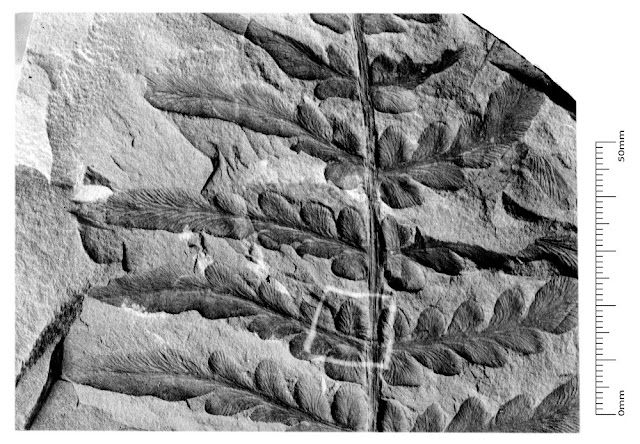




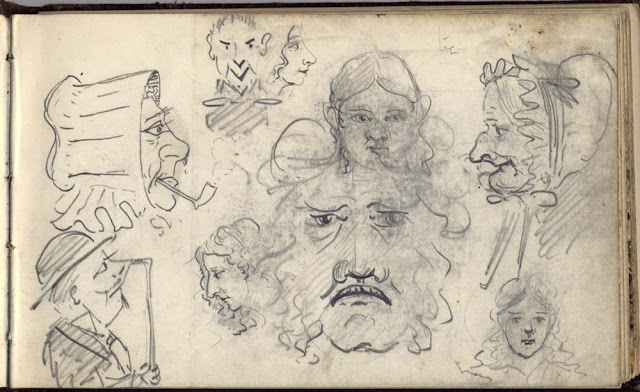
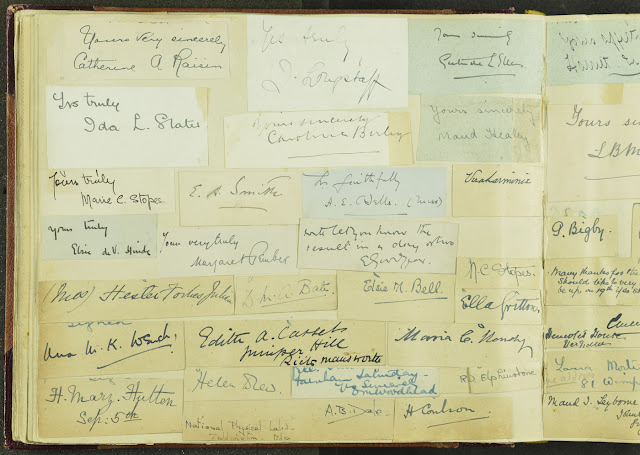

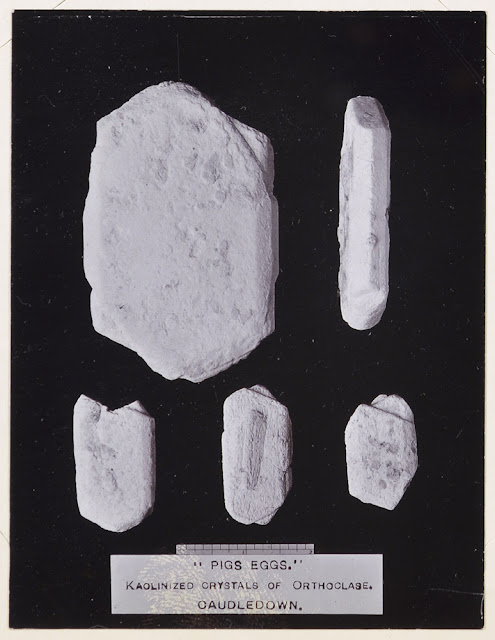







![Der Aetna mit seiner nächsten Umgebung nach Fr. Hoffmann from Vulkanen-Atlas zur Naturgeschichte der Erde. [Stuttgart] [E. Schweizerbart] 1844 Der Aetna mit seiner nächsten Umgebung nach Fr. Hoffmann from Vulkanen-Atlas zur Naturgeschichte der Erde. [Stuttgart] [E. Schweizerbart] 1844](https://blogger.googleusercontent.com/img/b/R29vZ2xl/AVvXsEgAxdHJVaUNH9PJfocDLm87AMnBlshyphenhyphencVcSSkM6XlfFiUNYxq06aCBsI20nlJGRPlCu6jbYBgvoY7Avedh-WW_U-CgydbvI7SrVPMOmq89O77VhbEmFUoJWaEPuuhp5KqyvmFo9wwRbI98/s640/Etna031.jpg)












